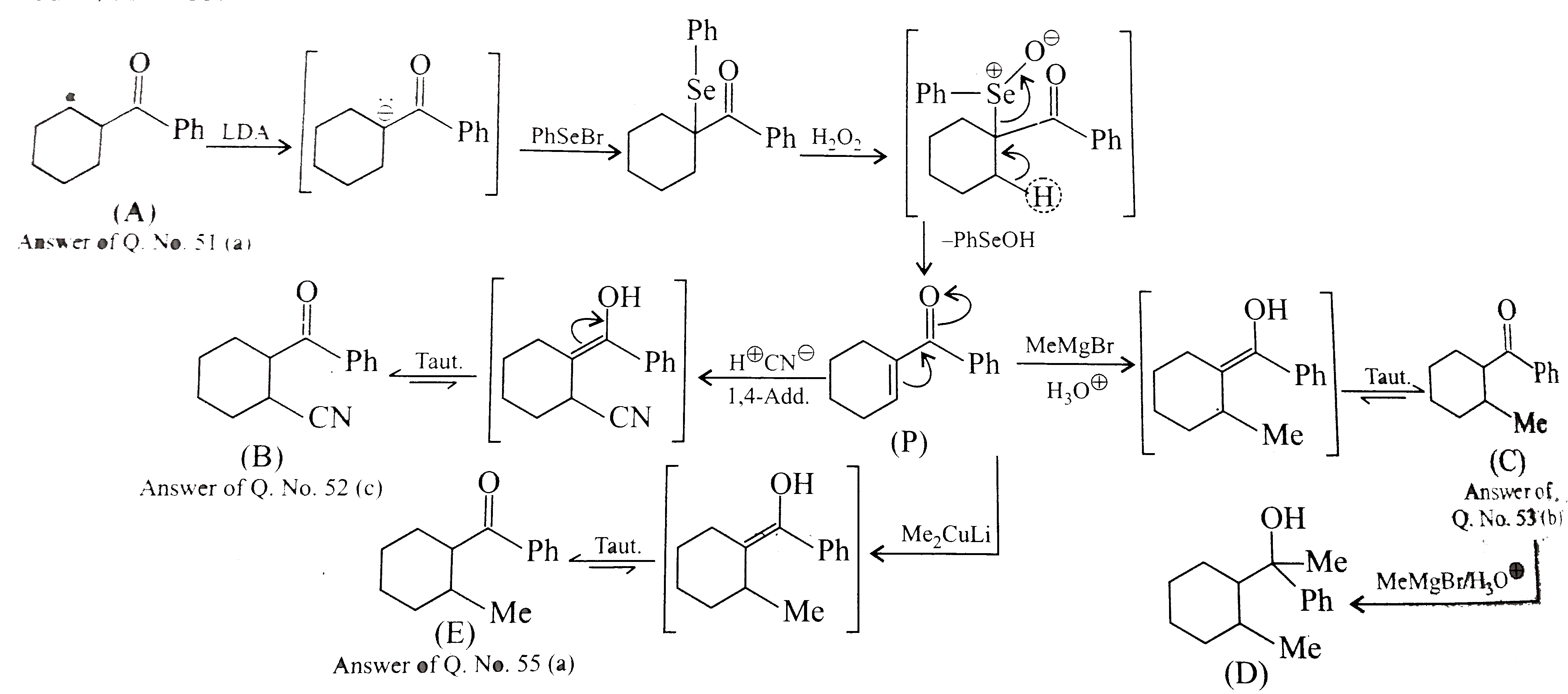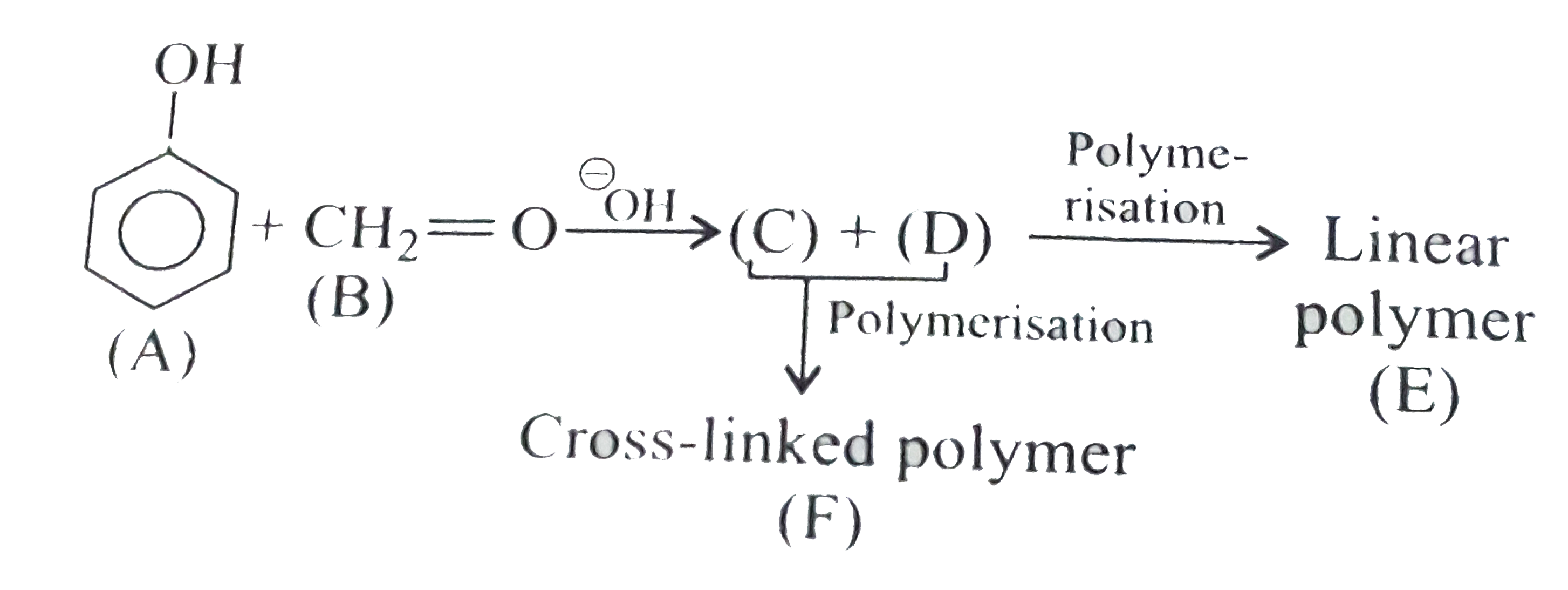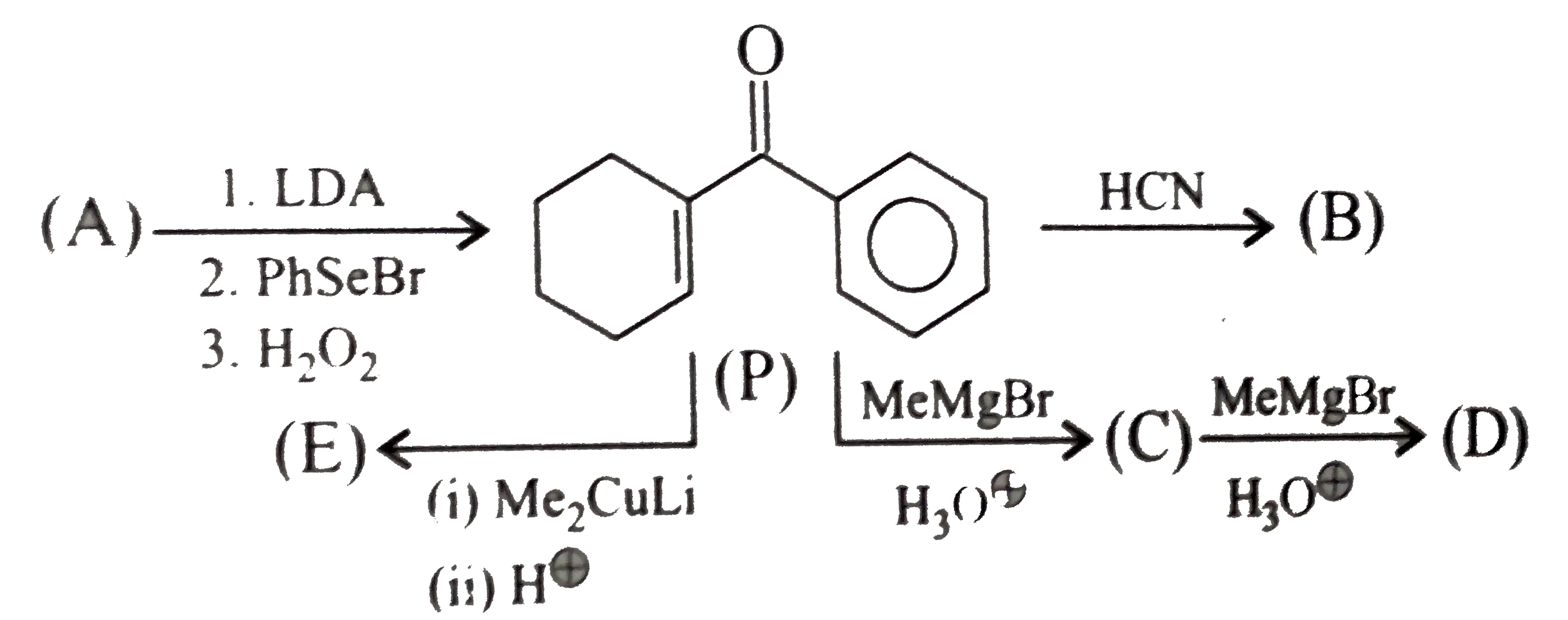
Compound (C ) is:
A
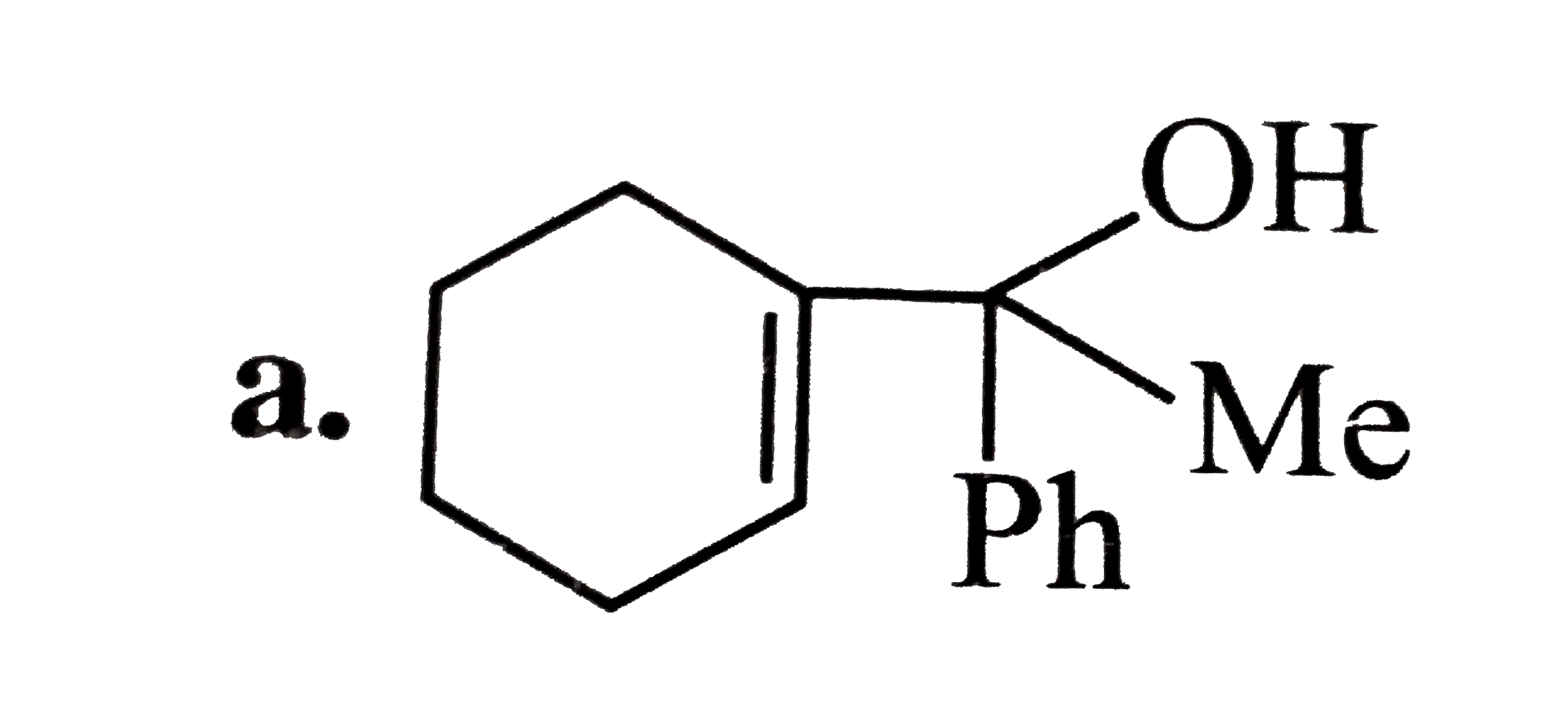
B
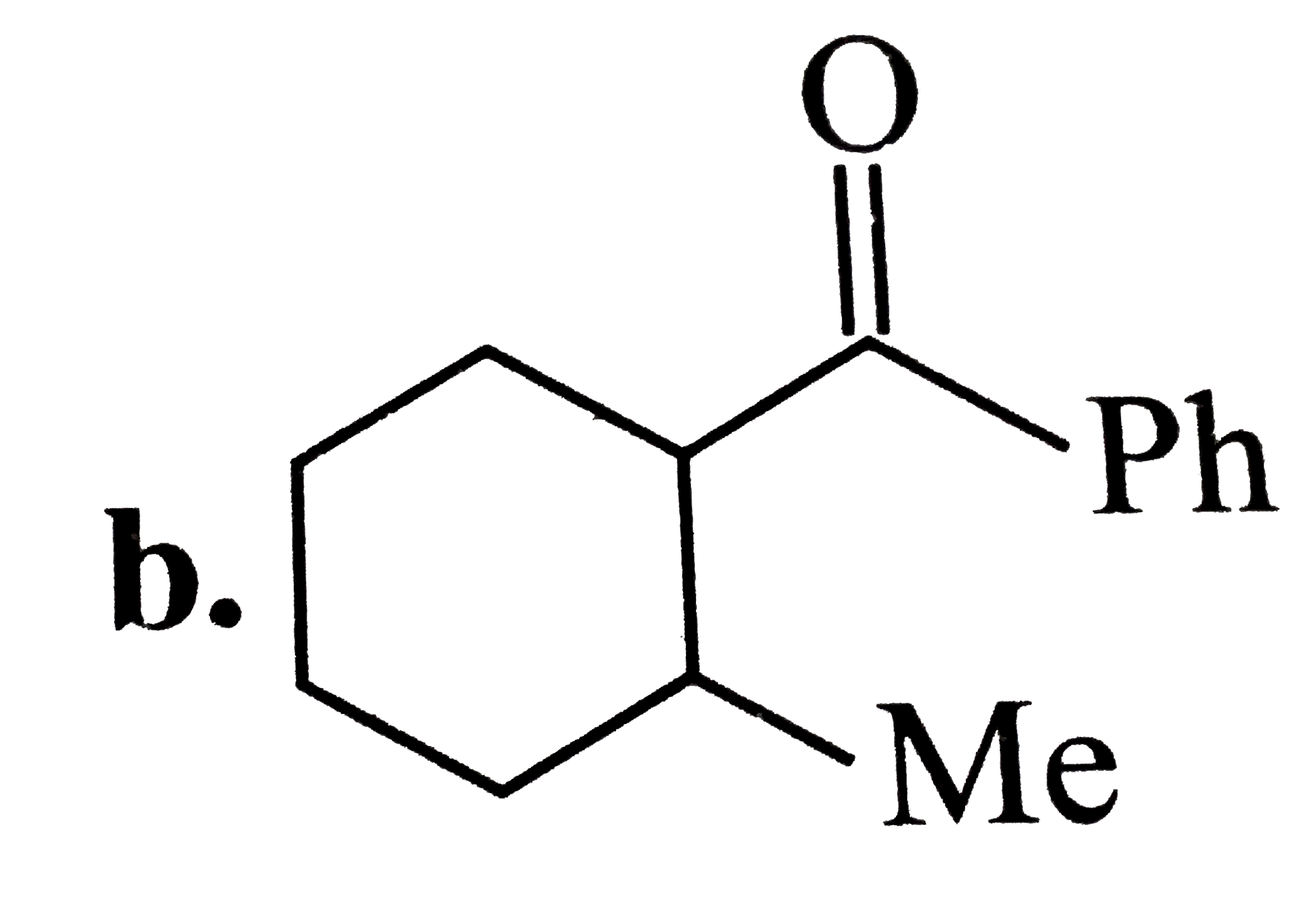
C
Both (a) and (b)
D
None
Video Solution
Text Solution
The correct Answer is:B
|
Topper's Solved these Questions
- ALIPHATIC AND AROMATIC ALDEHYDES AND KETONESBook:CENGAGE CHEMISTRYChapter:ALIPHATIC AND AROMATIC ALDEHYDES AND KETONESExercise:Exercises Multiple Correct
Explore 40 Videos
- ALIPHATIC AND AROMATIC ALDEHYDES AND KETONESBook:CENGAGE CHEMISTRYChapter:ALIPHATIC AND AROMATIC ALDEHYDES AND KETONESExercise:Exercises Single Correct
Explore 72 Videos
- ALIPHATIC AND AROMATIC ALDEHYDES AND KETONESBook:CENGAGE CHEMISTRYChapter:ALIPHATIC AND AROMATIC ALDEHYDES AND KETONESExercise:Exercises Concept Application
Explore 20 Videos
- ALCOHOL,PHENOL AND ETHERSBook:CENGAGE CHEMISTRYChapter:ALCOHOL,PHENOL AND ETHERSExercise:Archives Analytical And Descriptive
Explore 15 Videos
- AMINESBook:CENGAGE CHEMISTRYChapter:AMINESExercise:QUESTION BANK
Explore 1 Video
Similar Questions
Knowledge Check
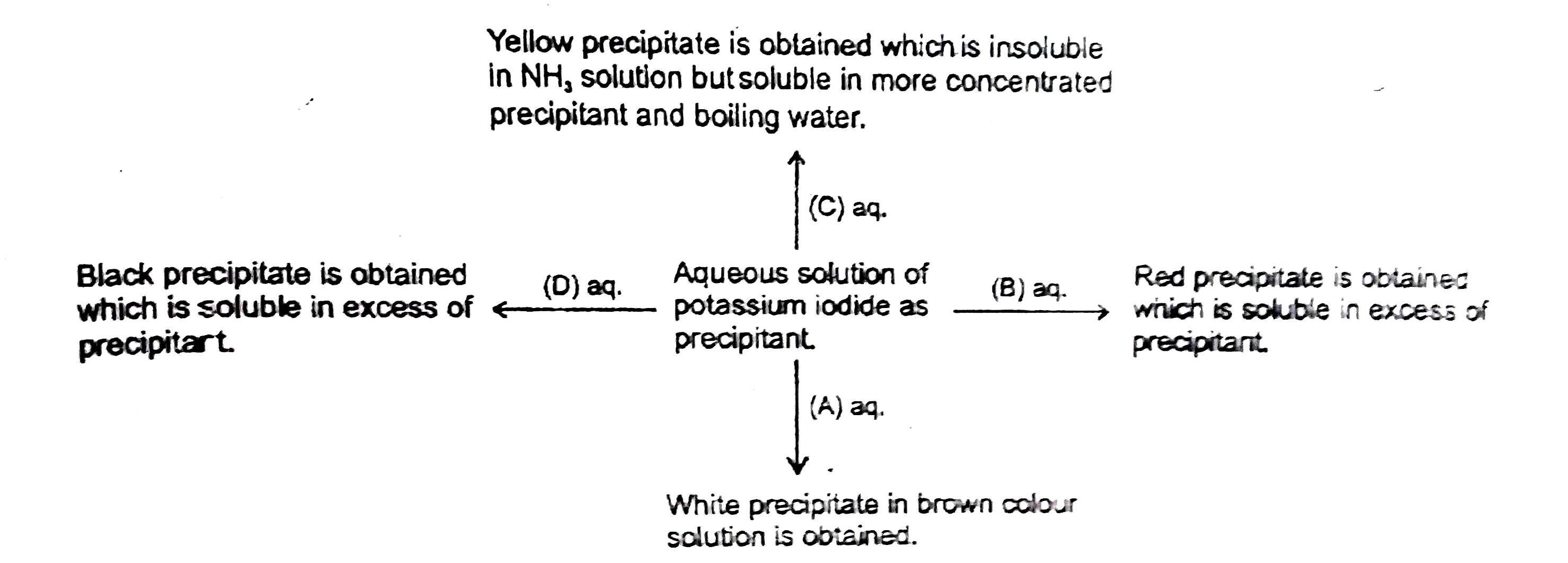
Compounds (C ) and (D) respectively are :AAgNO3andHg(NO3)2BAgNO3andCu(NO3)2CPb(NO3)2andBi(NO3)3DAgNO3andBi(NO3)3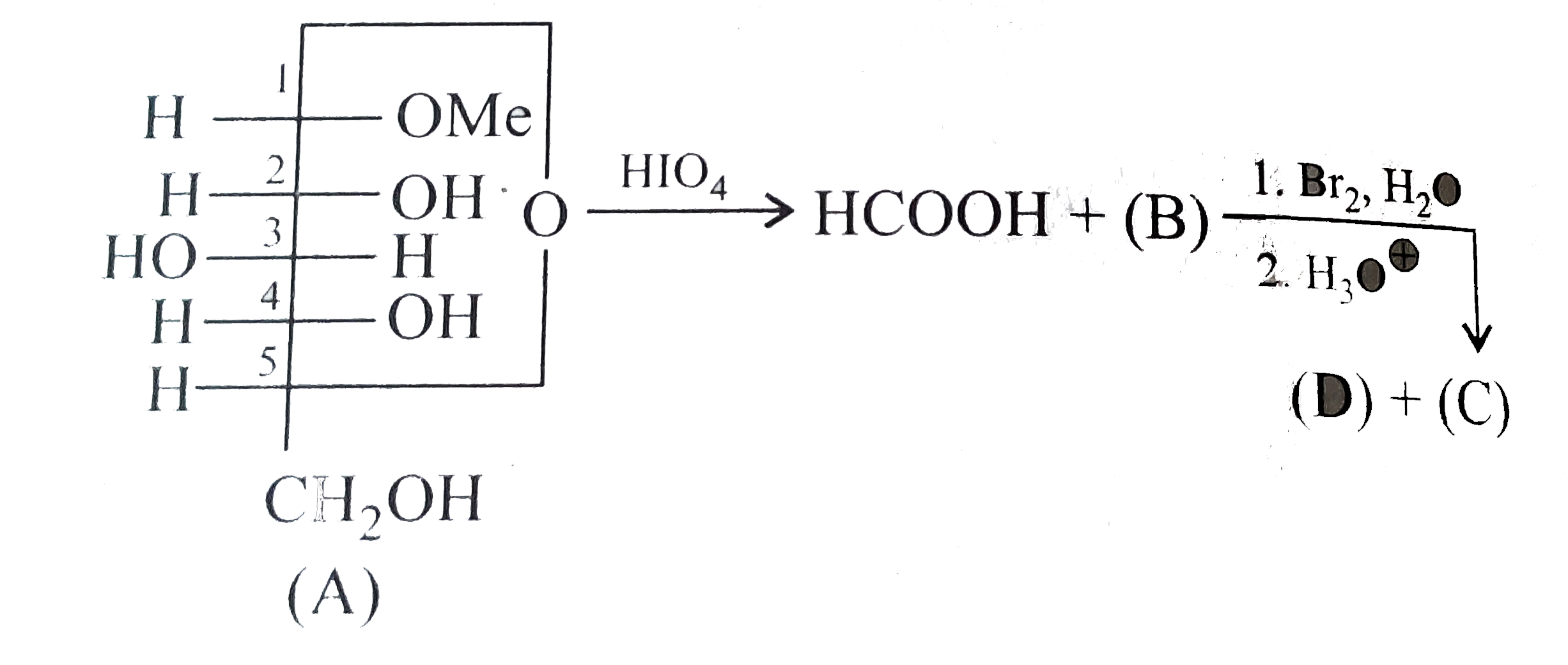
Compound (C) and (D) are:A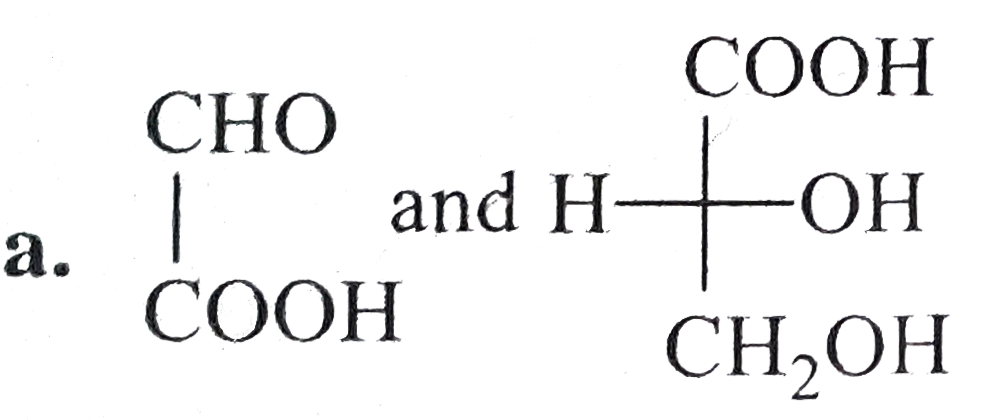 B
B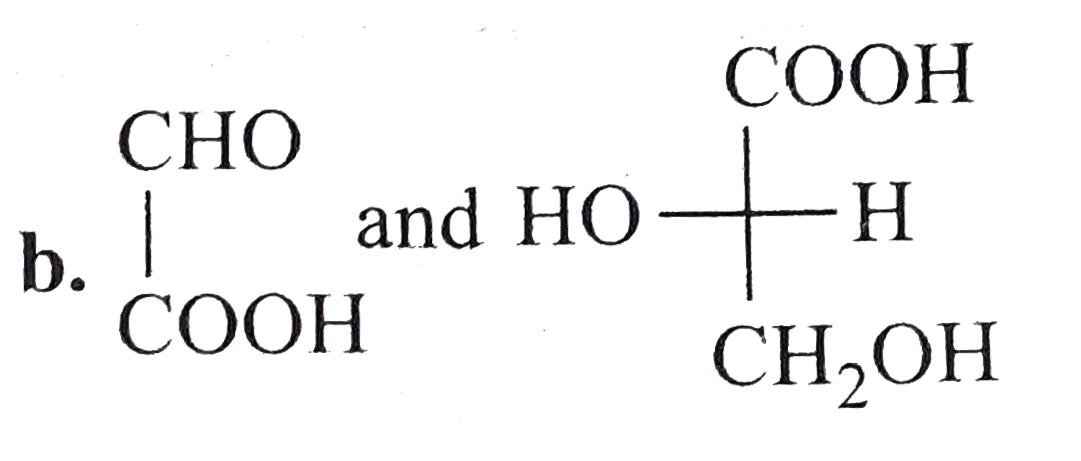 C
C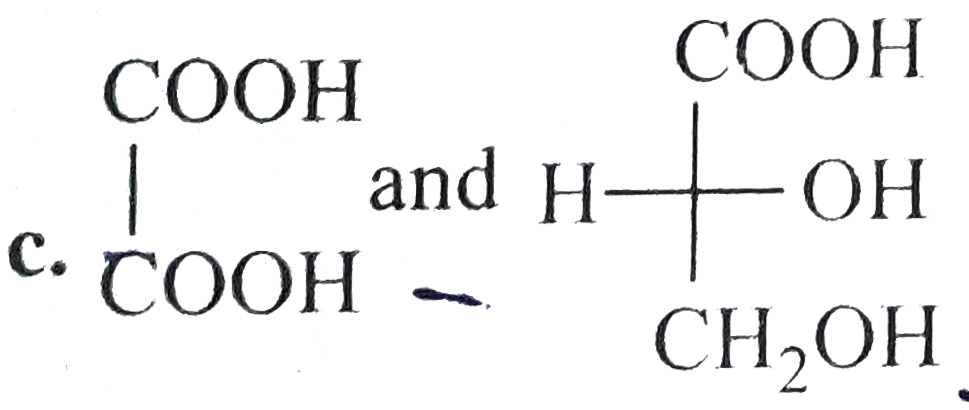 D
D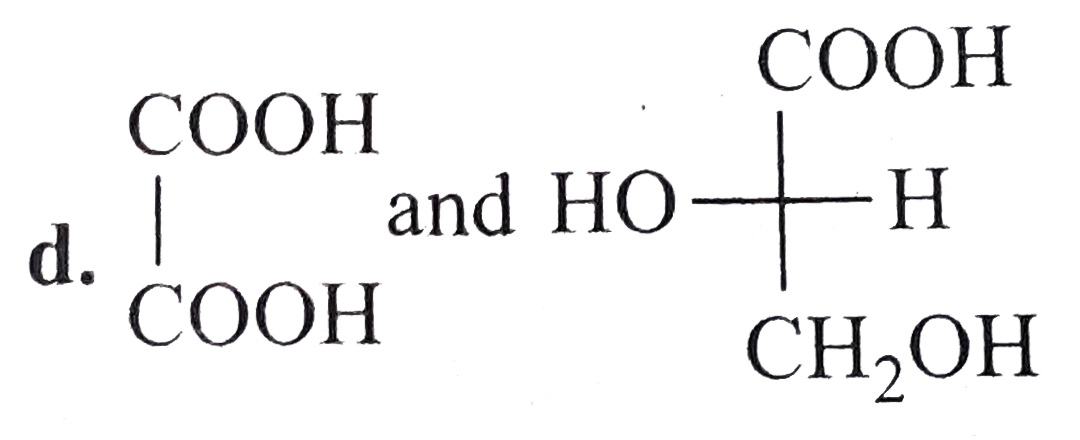
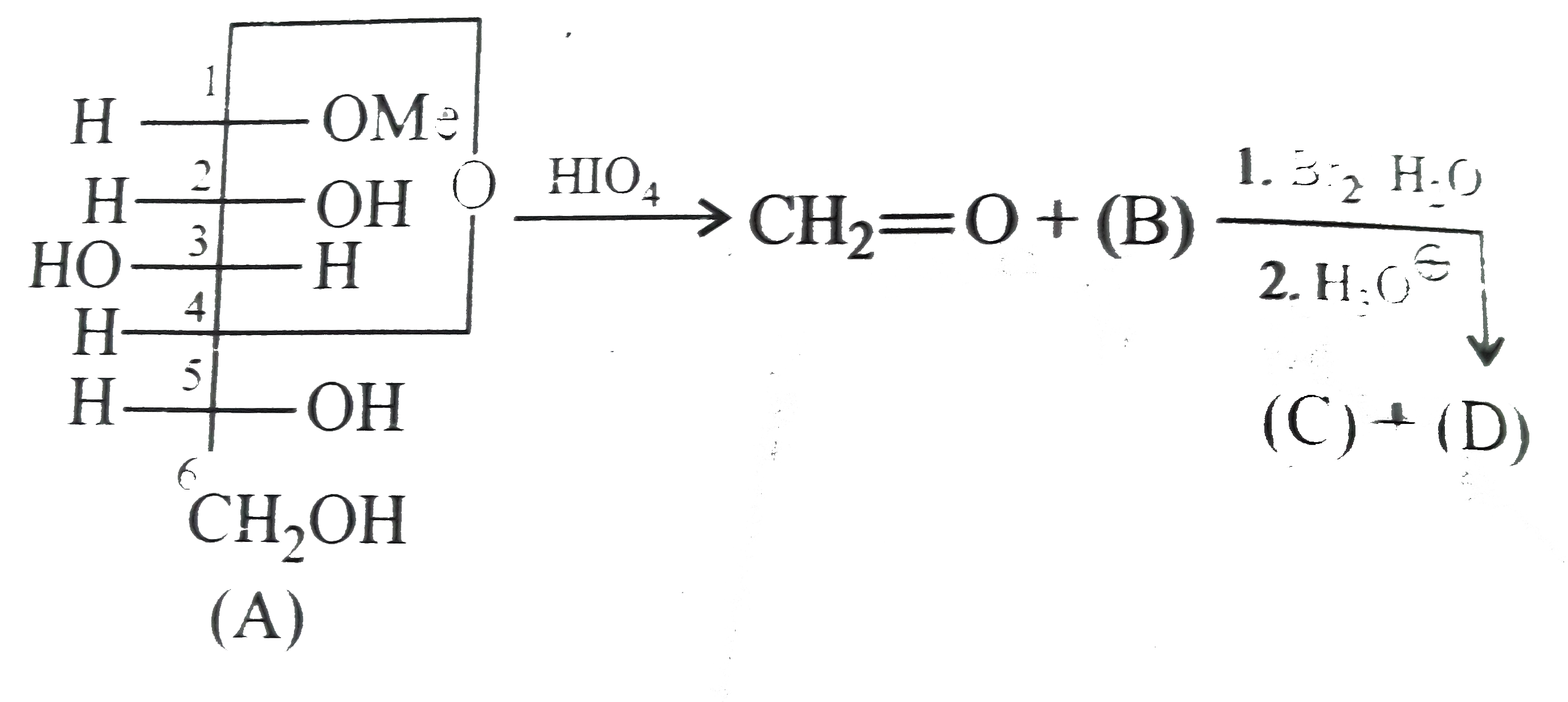
Compound (C) and (D) are:A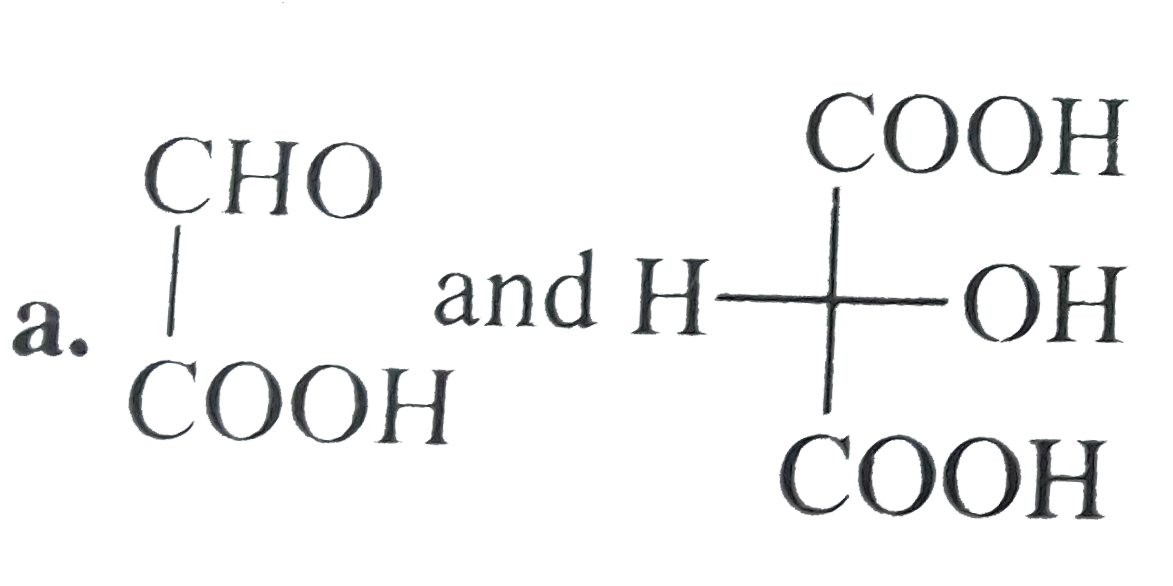 B
B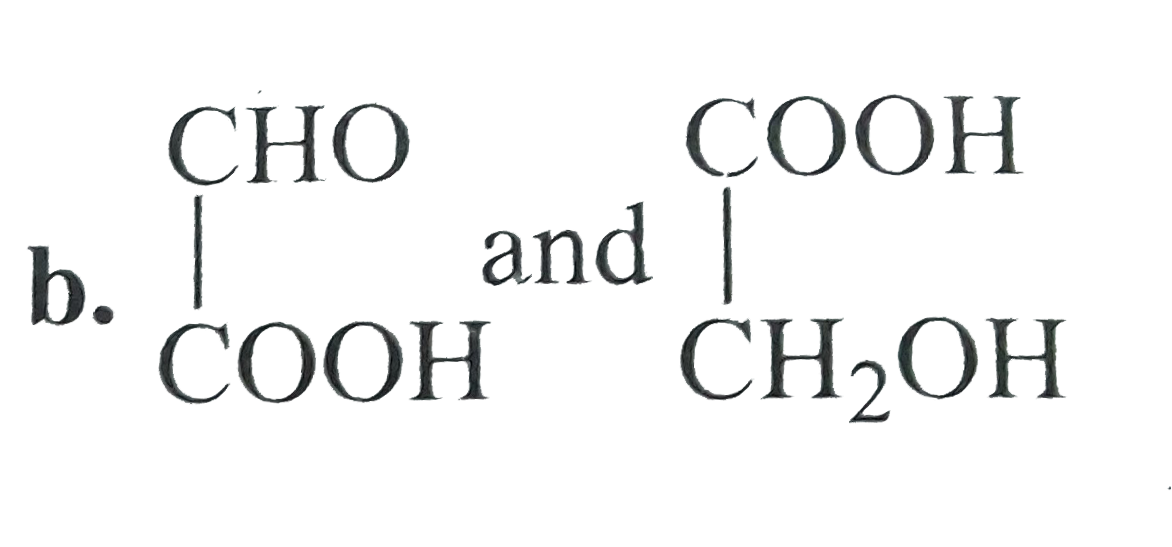 C
C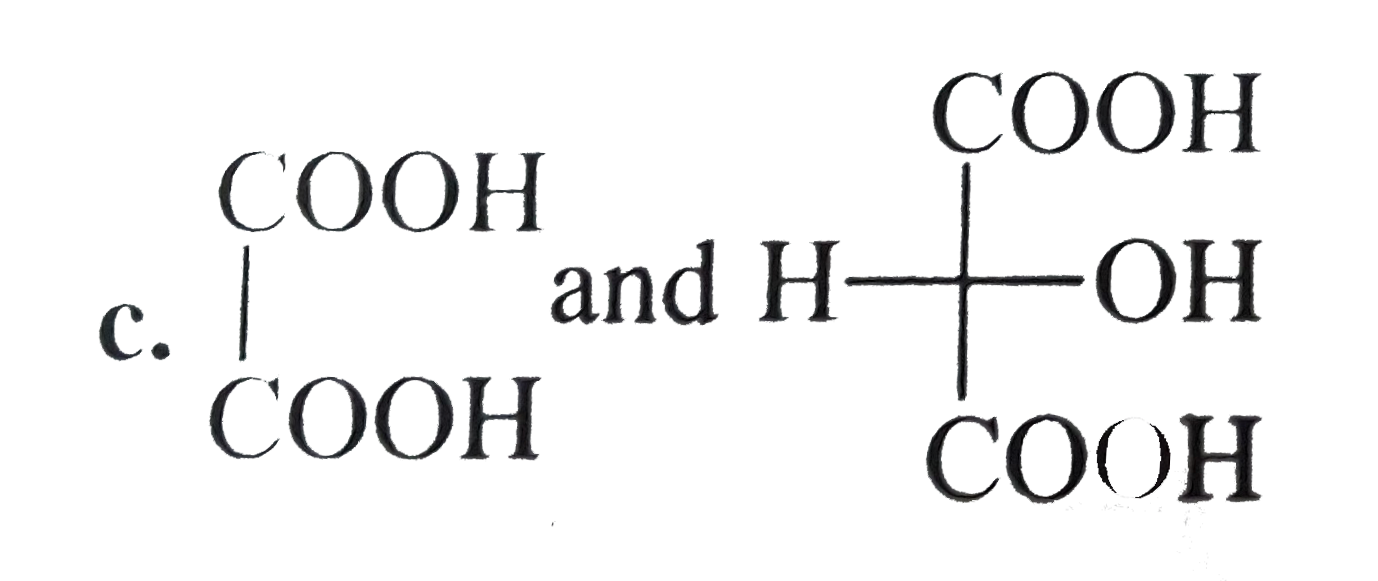 D
D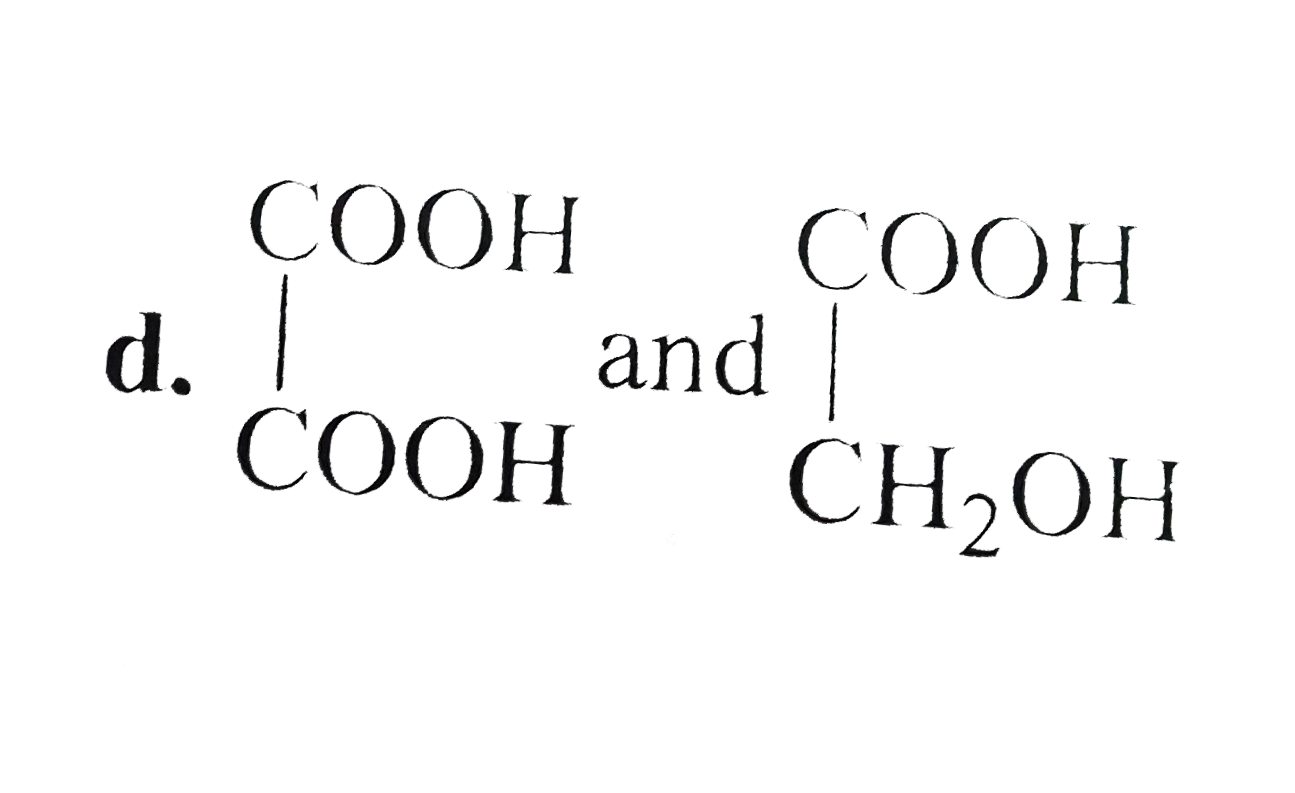
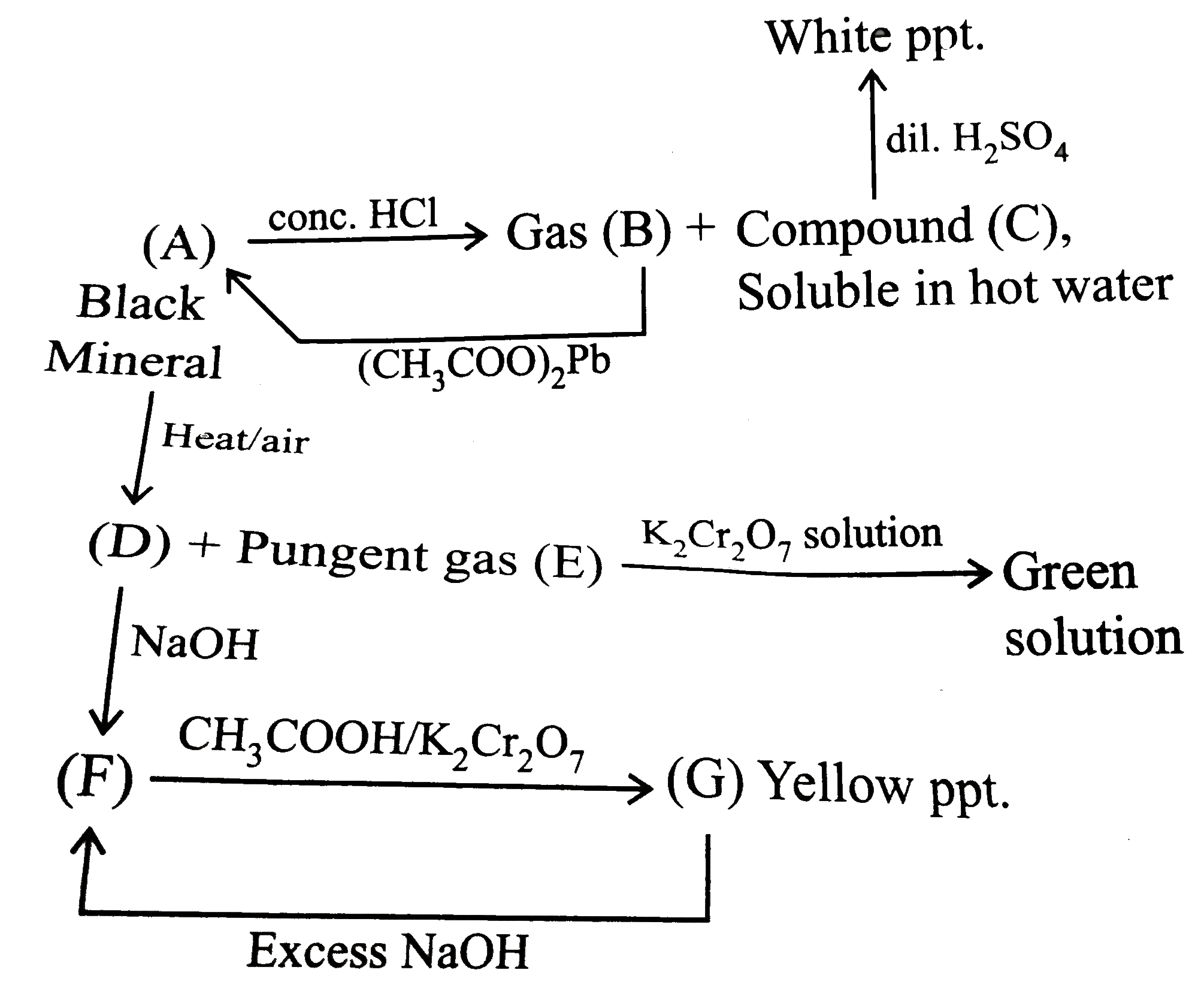
Compound (C ) and (D) rae respectively
View Solution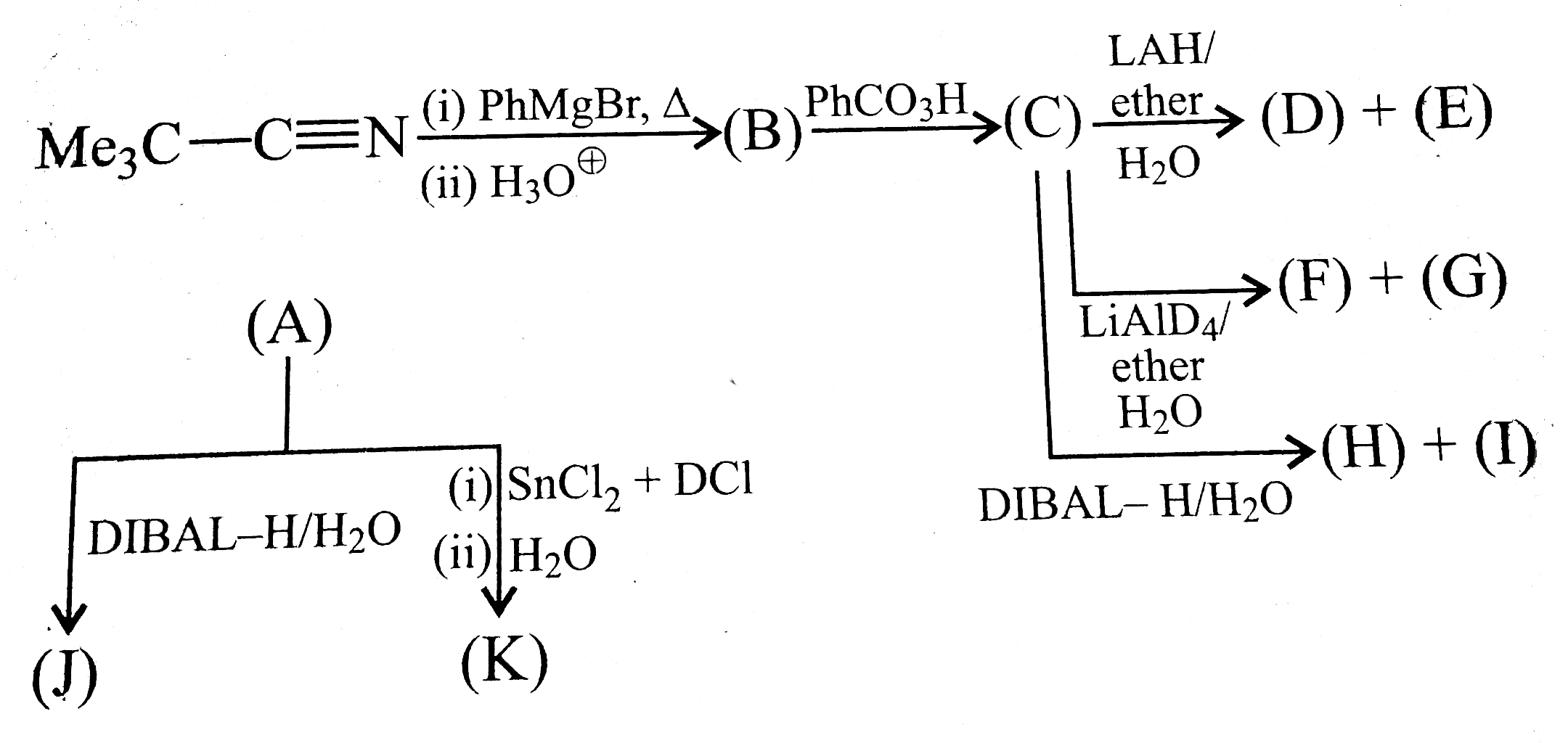
The compound (C ) and the reaction involving the conversion of (B) to (C ) are:
View Solution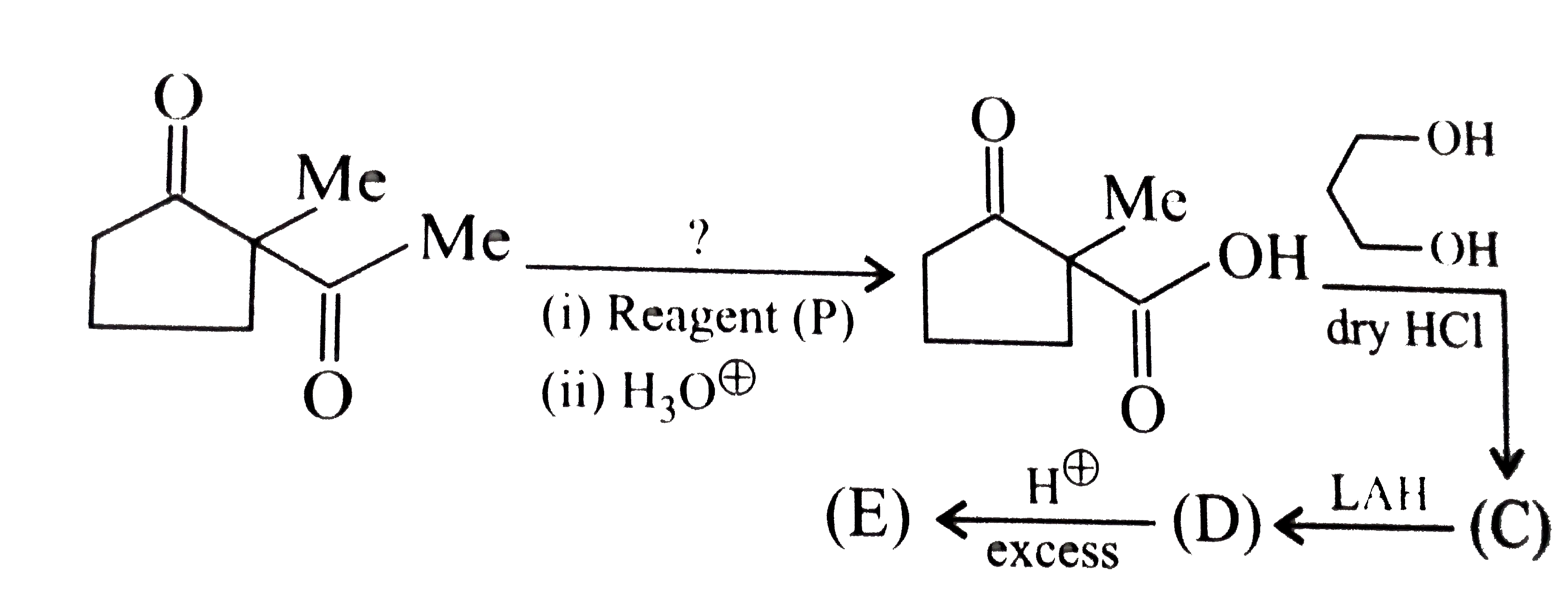
Which of the statement is/are correct about compound (C )?
View SolutionReduction of hexose A (molecular formula C6H12O6) with sodium borohydride gives compound B and C. Compound B is optically inactive, whereas compound C is optically active. Which of the following is compound A?
View Solution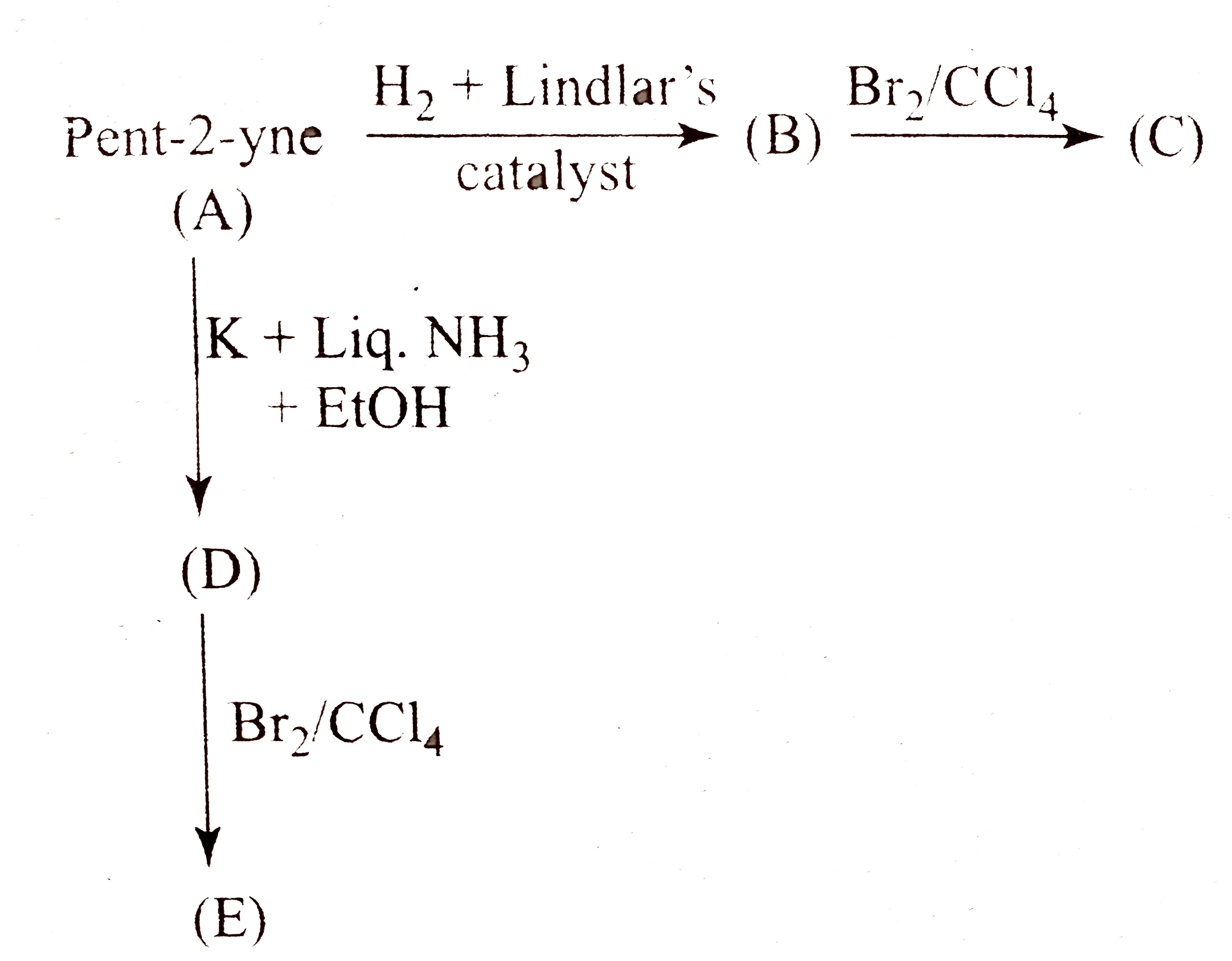
Compound (C) and (E) are, rescpectively:
View Solution
